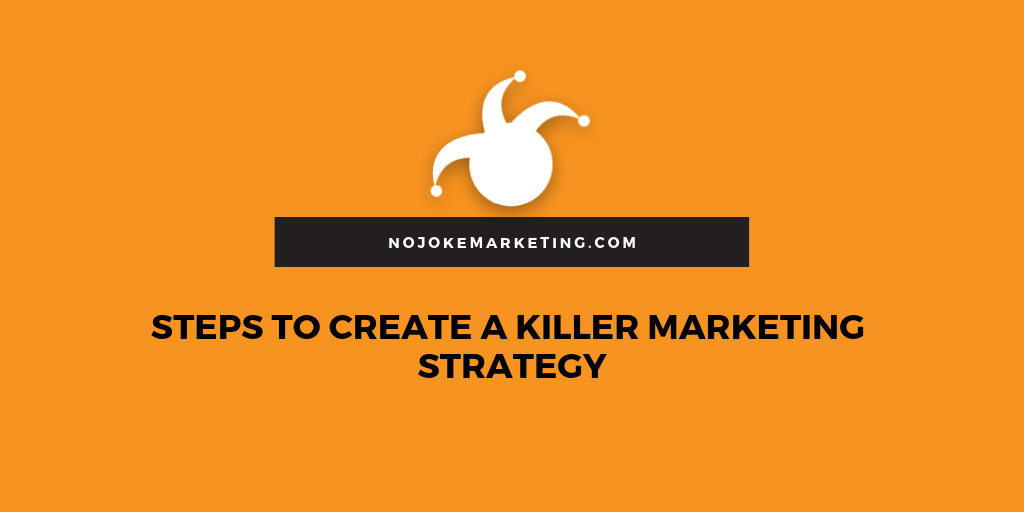Let us discuss an interesting topic that will help you with your business—a campaign that is highly useful during this crisis we are all facing now. Let us talk about email marketing.
Over the last couple of weeks, when we talk about communicating with your audience on a regular basis, like getting emails out the door and text messages, I didn’t realize that a lot of you didn’t have a tool set up or the infrastructure to do this on a regular basis. So I wanted to put this together to kind of give you some one on one tactics so that you can go from having emails in Gmail or Microsoft Outlook to actually doing things the right way.
STEP ONE: Gather all the email addresses you have and collate them all in Google Sheets
You can export out of Outlook, Gmail, Yahoo, AOL, or any other tools that allow you to export your contacts. Google spreadsheets ideally have five fields:
- First Name
- Email Address
- Contact Number
- Tags
- Notes (or anything that is highly needed)
The two most important are first name and email address. Your email can be personalized and goes something like: Dear ____ (first name). The field will be auto-populated, rather than “Dear and a blank space”. Gathering all the emails is probably the toughest part of this whole process. But I want you to look for the information from all the different places that you have.
Find the business cards that you have, or from any other lists that you’ve potentially got from trade shows or events. Get them all in one sheet and organize it in the sense of tags being among the most important. When you think about tags, think of it as a folder.. Now, depending on what tool you end up using, you can start to separate out people accordingly. A tag could be where I learned about them or where they learned about us. Are they existing customers, or past customers? You want to leverage that tag to basically start to put them into different buckets. Depending on the tools you use, you can have multiple tags. So think of one basket you could load in. Examples are:
- current customers
- prospects
- cold leads or trade show people
It is important to do this process right from the start, rather than having to redo everything and start again from scratch.
So basically, the first step is to gather all of pertinent contact information into one place.
STEP TWO: Sign up for email marketing tool
There’s a lot of different options when it comes to tools you can use for email marketing. And when I’m looking at people that are kind of one on one from an email marketing standpoint, I prefer simplicity over complexity. These two tools are my personal favorites:
- Eye Contact
- Mail Chimp
Let us discuss each tool in detail.
Eye Contact: Pricing is going to be based on how many people you have. For example, for every 500 email subscribers, you’re going to be talking $12 to $25 a month. That is considerably inexpensive and they have other plans that are lower, but 500 is their minimum of people that you have. So you’re talking $25 to $30 a month on the high side for their high level plan. Another good thing about eye contact is the drop and drag option. So there is no need to hire a web developer or anyone to start coding things. Eye contact is pretty much very easy to use.
MailChimp: For pricing, standard rate is around $15 a month. And I believe that one allows for a fair amount of time in it, allowing you up to thousands of contacts. They even have their free version, which is free up to 2000 contacts. However, they start to limit what they call their audiences.
If you want to go completely free, you could get started with MailChimp, which is a little bit less expensive.
You can choose from any of those tools to get your account set up. If you have other preferences, feel free to use them.
STEP THREE: Load up your google file sheet
Once you’re set up, the third step is that you’re going to load up your Google Sheet file, you’re going to want to download it as a CSV. And then you’re going to map the fields. So that first name, and your CSV maps to first name and MailChimp or eye contact and email, maps phone number. And if you have more data, address, zip code, state all of that you’re welcome to obviously import all that stuff in. But you want to make sure that you map the fields correctly.
And again, I really want to make sure that you’re leveraging that tags or that audiences so that you’re able to separate people out because you’re going to want to communicate a little bit differently with your customers than you are with prospects. So the STEP 3, again is getting people imported.
STEP FOUR: Draft an email and send it out
The fourth step is literally just getting an email drafted and out the door. Now, if you have never communicated through email, you’re going to want to warm up these people a little bit. And the first message should be something like “We decided with everything going on that we want to start to communicate with you through email. We’re intending to keep this informational, rather than overly salesy. We hope you appreciate it. If you have any questions, please write us back.”
So you’d want to do something like that. But often the people that are doing kind of email, in general, they tend to be like the email stuff that if they’re not on email marketing one on one, you’re using something like Gmail or outlook and you’re doing a blind carbon copy and you’re sending out 500 or 300, or whatever it is. So the whole goal is to get you to a professional tool so that you can start to track your data, the metrics and things like that.
Now, there’s a step that I would suggest you infuse between two and three. And that is using a tool like Never Bounce, and having it validate your email addresses. The only reason that I’m hesitant to push that is I’m trying to keep this simple. But if you’ve got more than 500 or 1000 contacts, I would suggest leveraging that tool, and what it’ll do is it’ll tell you that, hey, if you load in 1000 names, 200 of those email addresses are bad. So you clearly don’t want to load those emails, then into your tool, you’d want to make sure that they clean those 200 emails out and then you only brought in the 800. So that’s a tool you could check out and Never Bounce.
So as you’re bringing in those 800 that you’ve then cleaned, you’re going to get that email out. Don’t just use one of the pre built templates, put your little logo on there, for example, draft the email, get it out the door, leverage the data in the tool. And then you’re going to continue to kind of clean up your email list over the next couple of weeks, see who’s responding, not responding, or there’s some bad emails bounces hard bounces, you can kind of really start to clean things up over the coming weeks. But the goal is to go from getting your list organized, picking a tool, importing it in. If you have a lot of emails, use a tool like Never Bounce to clean them. leverage a pre existing template. Get it out the door.
That is email marketing 101 get out there, get yourself set up.









